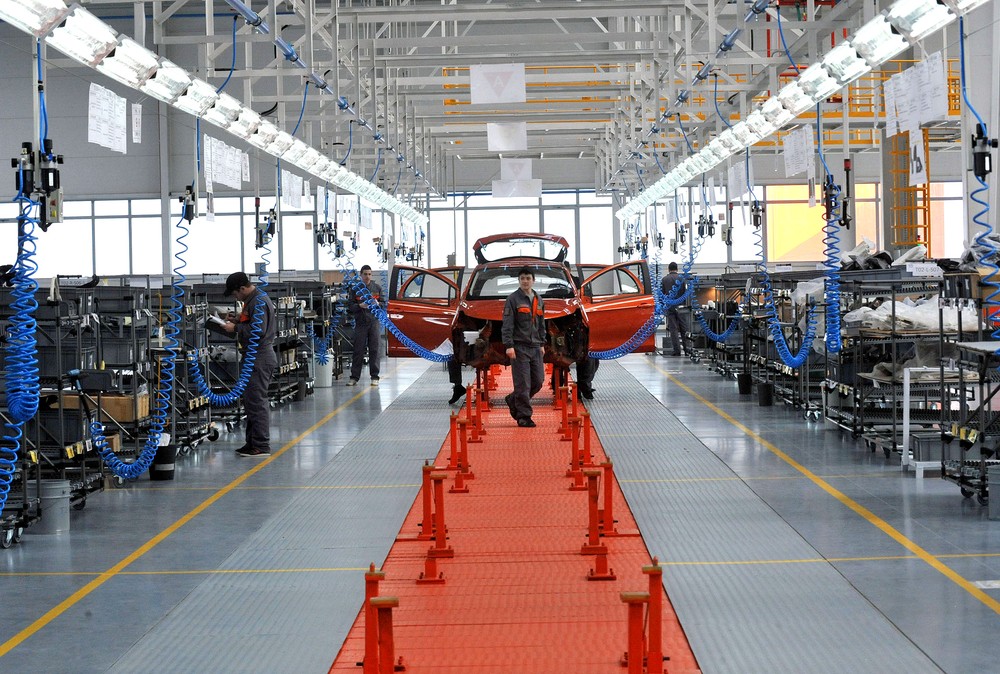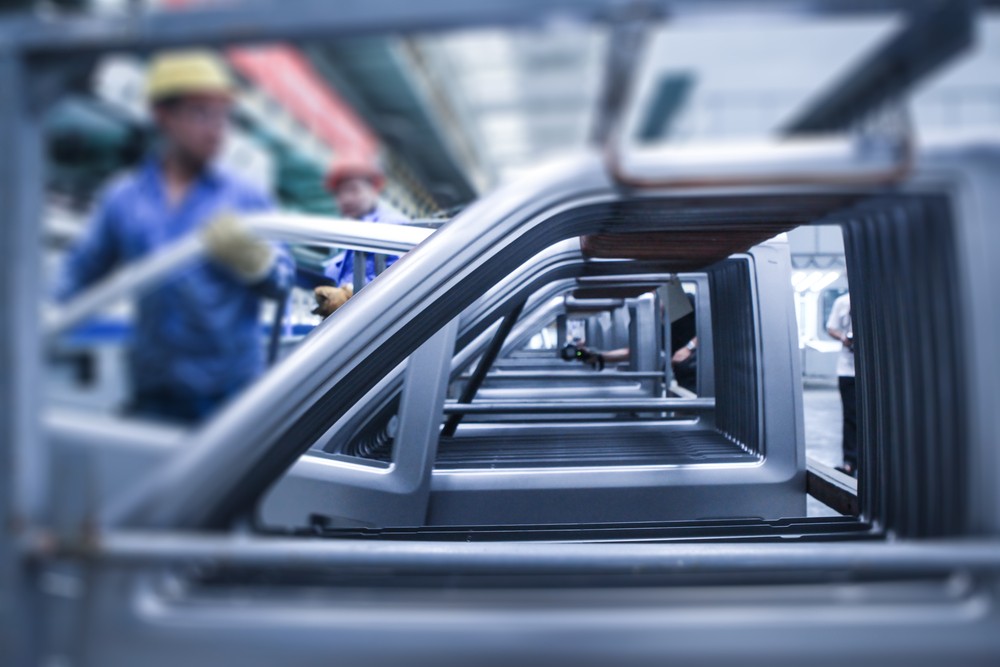The Road to Recovery for Automakers Will be a Long One

The stabilization of the May 2020 Manufacturing ISM has many industrialists in good spirits, hopeful for a quick rebound that buoys the manufacturing economy back to expansion levels. But there’s one big anchor tied to a swift upshot recovery: automakers. Automotive has long been one of the pillars of a healthy domestic manufacturing economy, but right now, things aren’t looking too positive for automakers.
Automakers face more hurdles
Manufacturing fell under the “essential business” designation during the COVID-19 shutdown, which meant maintaining operations while other businesses were forced to shutter. For many manufacturers, this meant scaling back. Now, it means scaling back up. Unfortunately, it’s not that simple for automakers.
Automakers faced a slew of unique headwinds and setbacks during the peak of the coronavirus pandemic.
- Consumer discretionary spending bottomed out, which meant auto sales dropped off a cliff and continue to languish. Moreover, people are resistant or unable to finance large purchases post-lockdown. Downturn in the first and second quarters could depress the automotive industry well through the end of the year.
- Conscription production via the Defense Production Act (DPA) has changed the recovery strategy for automakers, as they can no longer start stopped production lines. Now, they’re forced to re-pivot back to normal operations as DPA demands ramp down.
- Automotive supply chains are inherently broad, which has led to massive disruptions as global trade, supply, and sourcing have all come under duress due to the pandemic. Automakers face the task of not only resuming production, but doing so with acceptable margins as they rebuild or re-orient supply chains.
The largest uphill battle automakers face is market volatility. Concerns reminiscent of the 2008 Great Recession loom over an economy jilted by COVID-19. As consumers hold their cash, automakers face lagged production schedules that stunt a broader recovery.

What does a recovery look like for automakers?
Uncertainty overshadows the automotive industry. If the economy remains stable and resumes pre-pandemic growth trends, automakers could find a helping hand in the form of public confidence. Unfortunately, more signals point to protracted recovery, which could signal a repeat of 2008 for automakers.
Is there another automotive bailout in the works? Not yet, but it’s not off the table if automakers continue to suffer. The federal government has already shown willingness to prop up industries hit hardest by the pandemic. Commercial aviation was awarded $25 billion in grants and loans to help it stay afloat. Talks of another “Cash for Clunkers” bill to stimulate consumer spending also are gaining steam.
But automakers may not necessarily need government intervention to find their footing. Heavy investments in automotive technology are close to fruition for the industry’s biggest players. When realized, they will cut manufacturing costs, promote consumer spending, and radically transform the automotive market. Industry analysts also have argued that COVID-19 has stimulated acceleration toward the era of self-driving cars.
The good news is that, by all current metrics, April 2020 was the bottom for automakers. Signs of recovery are there. Automakers simply have a longer, more difficult uphill battle than other manufacturers. And, as a pillar of domestic manufacturing, automotive troubles will weigh heavy on the entire industry.